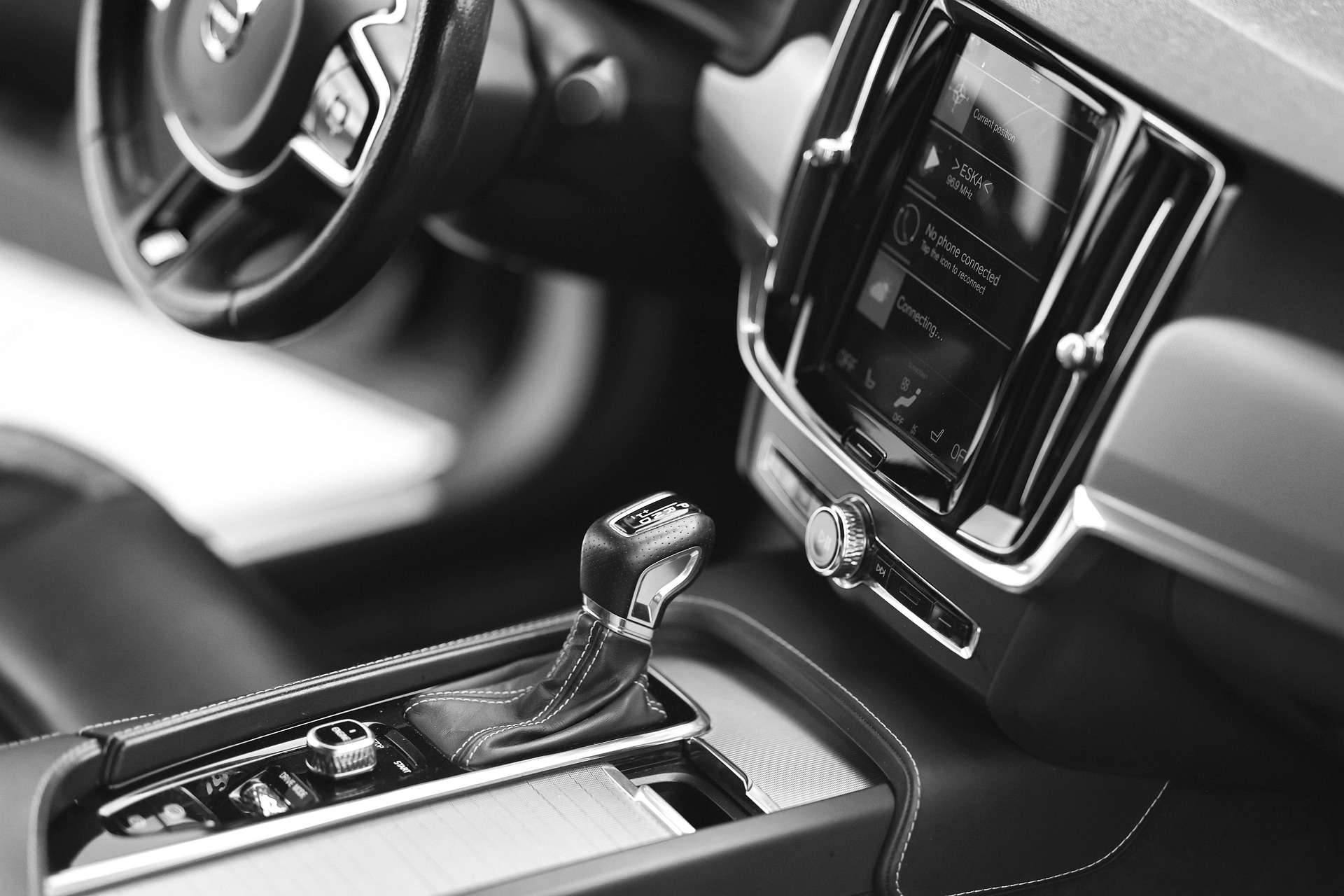The Rebirth of Rotary: Mazda's Innovative Engine Design
Buckle up, automotive enthusiasts! We're about to dive into a world where triangles spin, apex seals dance, and combustion chambers defy convention. Mazda's rotary engine, a marvel of engineering ingenuity, is poised for a comeback. This isn't just any engine revival; it's a testament to human creativity and the relentless pursuit of automotive excellence. Join us as we explore the past, present, and future of this unique powerplant that continues to captivate gearheads worldwide.
Mazda, a relatively small Japanese automaker, saw potential in this unconventional design and invested heavily in its development. In 1967, they introduced the Cosmo Sport, their first rotary-powered production car. This bold move set Mazda apart from its competitors and established the company as a pioneer in rotary technology.
Rotary’s Golden Age
Throughout the 1970s and 1980s, Mazda’s commitment to the rotary engine paid off. The RX-7, introduced in 1978, became an icon of Japanese sports car engineering. Its lightweight design and high-revving rotary engine made it a favorite among enthusiasts and racers alike.
The rotary’s pinnacle came in 1991 with the legendary Mazda 787B, which won the 24 Hours of Le Mans—the first and only Japanese car to achieve this feat. This victory cemented the rotary engine’s place in automotive history and proved its potential for high-performance applications.
Challenges and Setbacks
Despite its successes, the rotary engine faced significant challenges. High fuel consumption, oil consumption, and emissions issues plagued the design. As environmental regulations tightened globally, Mazda struggled to keep the rotary compliant while maintaining its performance characteristics.
In 2012, Mazda discontinued the RX-8, its last rotary-powered production car. Many believed this marked the end of the rotary era, but Mazda’s engineers remained committed to the technology, working tirelessly behind the scenes to address its shortcomings.
The Phoenix Rises: Rotary’s Resurgence
After years of development, Mazda announced the return of the rotary engine—but not in the form many expected. Instead of powering a sports car, the new rotary serves as a range extender in Mazda’s MX-30 e-Skyactiv R-EV, a plug-in hybrid vehicle.
This innovative application solves many of the rotary’s traditional problems. As a range extender, the engine operates at a constant, optimal RPM, improving efficiency and reducing emissions. The compact size of the rotary unit allows for easy integration into hybrid powertrains without compromising interior space.
Engineering Innovations
Mazda’s engineers have implemented several key improvements to address the rotary’s historical weaknesses:
-
Advanced materials: New apex seal materials and coatings reduce friction and improve durability.
-
Direct fuel injection: Precision fuel delivery enhances combustion efficiency and reduces emissions.
-
Exhaust gas recirculation: This technique lowers combustion temperatures, reducing NOx emissions.
-
Electric assist: The hybrid system’s electric motor compensates for the rotary’s low-end torque deficiency.
These enhancements have transformed the rotary from a niche sports car engine into a viable option for modern, eco-conscious vehicles.
Future Prospects
While the rotary’s return as a range extender is exciting, many enthusiasts wonder if we’ll see a pure rotary-powered sports car again. Mazda remains tight-lipped about future plans, but industry insiders speculate that the company is developing a high-performance rotary engine for a future RX-series vehicle.
The potential for rotary technology extends beyond traditional automotive applications. Its compact size and smooth operation make it ideal for use in drones, small aircraft, and even portable generators. As battery technology improves, we may see rotary range extenders in a wider variety of electric vehicles, providing a perfect blend of electric efficiency and long-range capability.
The Rotary Renaissance
The rotary engine’s journey from revolutionary concept to near-extinction and now to rebirth is a testament to the power of innovation and perseverance. Mazda’s unwavering commitment to this unique technology has not only preserved an important piece of automotive heritage but also opened new possibilities for future powertrains.
As we look to the future of automotive engineering, the rotary engine stands as a reminder that thinking outside the box—or in this case, outside the cylinder—can lead to extraordinary results. Whether powering high-performance sports cars or serving as efficient range extenders, rotary engines are set to play a fascinating role in the ever-evolving world of automotive technology.
The rotary’s return is more than just a nostalgic nod to the past; it’s a bold step into a future where unconventional thinking drives progress. As automotive enthusiasts, we can’t help but feel a surge of excitement at the prospect of hearing that distinctive rotary buzz on our roads once again. The triangle is back, and the automotive world is all the richer for it.






